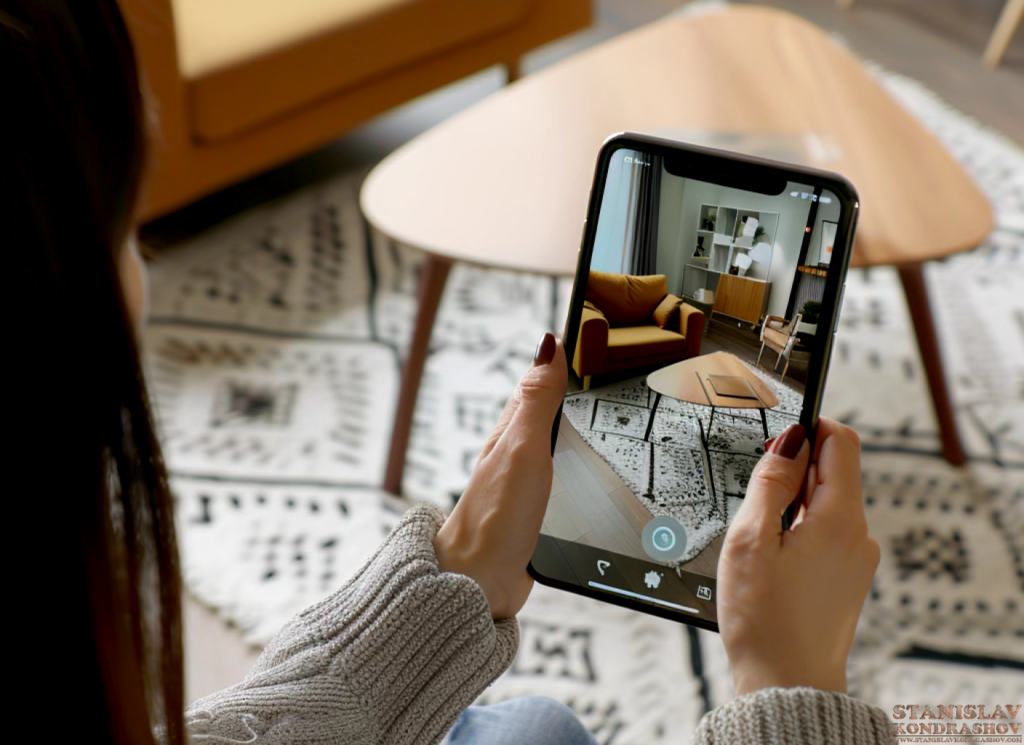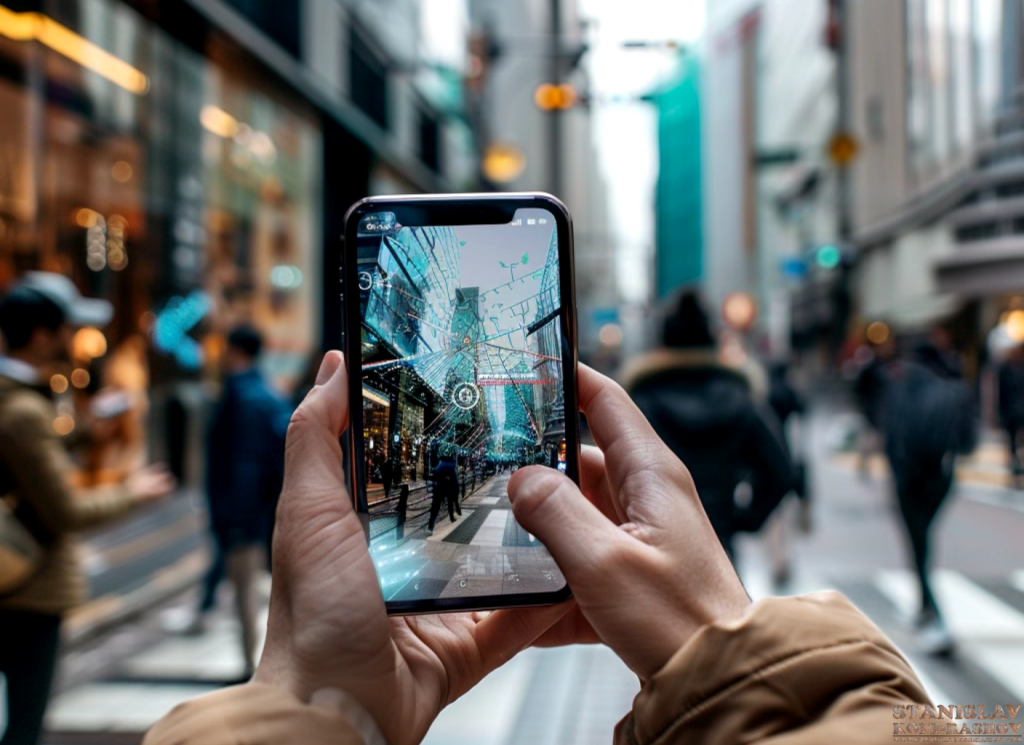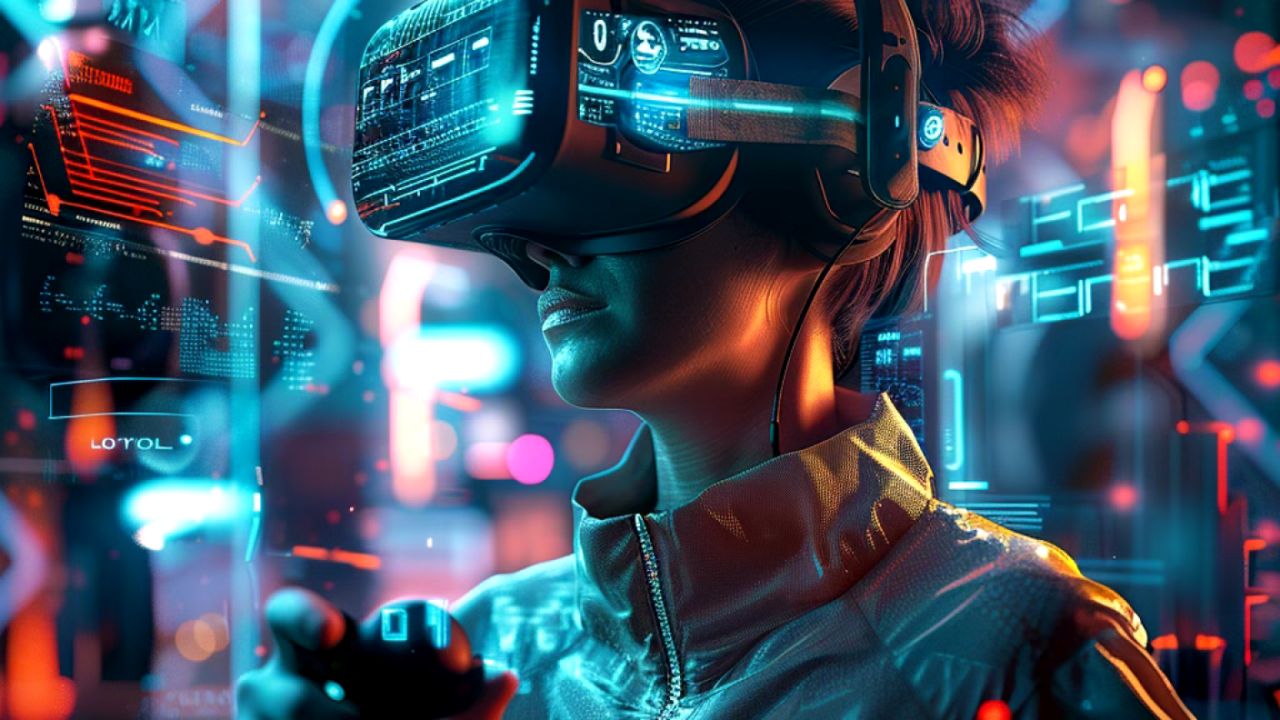In the rapidly evolving landscape of technology, Virtual Reality (VR) and Augmented Reality (AR) are at the forefront, transforming the way we experience and interact with the world. Both VR and AR offer unique and immersive experiences, but they do so in fundamentally different ways. Understanding these differences and their potential applications is key to grasping their impact on various industries and everyday life.

Understanding Virtual Reality
Virtual Reality creates a completely immersive experience by transporting users into a fully digital environment. This is achieved through VR headsets that block out the real world and replace it with a computer-generated one. Users can interact with this virtual world using specialized controllers, making the experience highly engaging and interactive.
Applications of Virtual Reality:
- Gaming and Entertainment: VR offers unparalleled immersion in video games, allowing players to feel as if they are inside the game world. It’s also used in virtual concerts and cinematic experiences.
- Education and Training: VR provides a safe environment for training in various fields, such as flight simulation for pilots, surgical training for medical professionals, and hazardous scenario training for emergency responders.
- Real Estate and Architecture: Potential buyers can take virtual tours of properties, and architects can visualize buildings in a fully immersive 3D environment before construction begins.
Understanding Augmented Reality
Augmented Reality, on the other hand, overlays digital information onto the real world. AR devices, such as smartphones, tablets, and AR glasses, add digital elements to the physical surroundings, enhancing the user’s perception of reality. This seamless blend of digital and physical worlds offers unique opportunities for interaction.

Applications of Augmented Reality:
- Retail and Shopping: AR allows customers to visualize products in their own environment before making a purchase, such as trying on virtual clothes or seeing how furniture fits in their home.
- Navigation and Maps: AR enhances navigation by overlaying directions and information onto the real world, making it easier to find locations and navigate unfamiliar areas.
- Maintenance and Repair: Technicians can use AR to see step-by-step instructions and digital overlays of equipment, making complex repairs easier and more efficient.
Key Differences Between VR and AR
- Immersion Level: VR provides a fully immersive experience by replacing the real world with a virtual one, while AR enhances the real world by adding digital elements.
- Equipment: VR requires specialized headsets and controllers to create a complete digital environment, whereas AR can be experienced with common devices like smartphones and tablets.
- Interaction: In VR, users interact within a fully virtual environment, while in AR, digital elements interact with the real world.

Future Potential of VR and AR
The future of VR and AR is incredibly promising, with continuous advancements in technology leading to more sophisticated and accessible experiences. VR and AR are expected to play significant roles in fields like healthcare, education, entertainment, and beyond.
VR and AR in Healthcare: Both technologies are being used for therapy, rehabilitation, and surgical training. VR can provide immersive therapy sessions, while AR can assist surgeons with real-time data during operations.
VR and AR in Social Interaction: Virtual reality can create immersive social experiences, allowing people to meet and interact in virtual spaces, while augmented reality can enhance real-world social interactions by providing additional context and information.
VR and AR in Workplace Collaboration: These technologies can revolutionize remote work by enabling virtual meetings and collaborative workspaces, where team members can interact as if they were in the same room.
Virtual Reality and Augmented Reality are revolutionizing how we experience and interact with the world. By understanding their differences and potential applications, we can better appreciate the ways in which these technologies are blurring the lines between reality and simulation. As VR and AR continue to evolve, their impact on various industries and our daily lives will only grow, paving the way for a future where the digital and physical worlds seamlessly coexist.
By Stanislav Kondrashov



